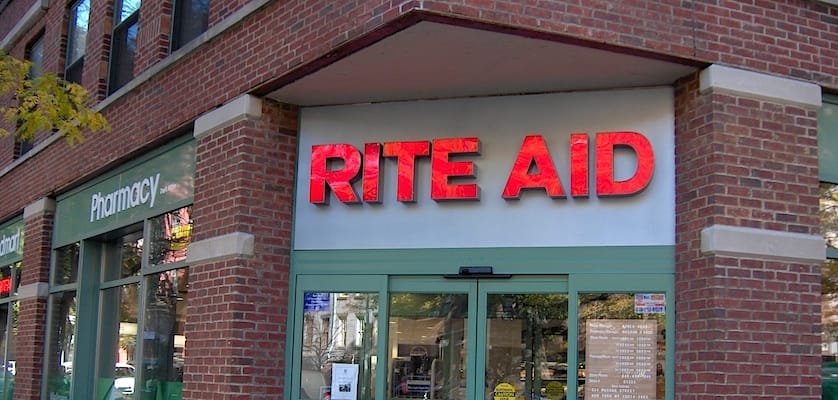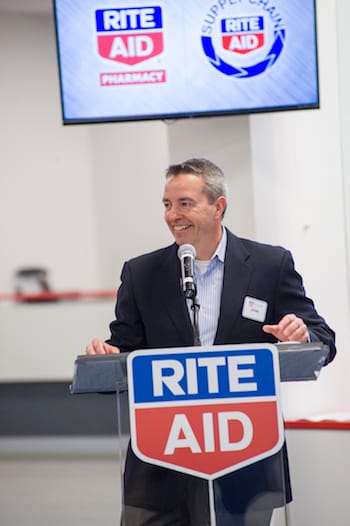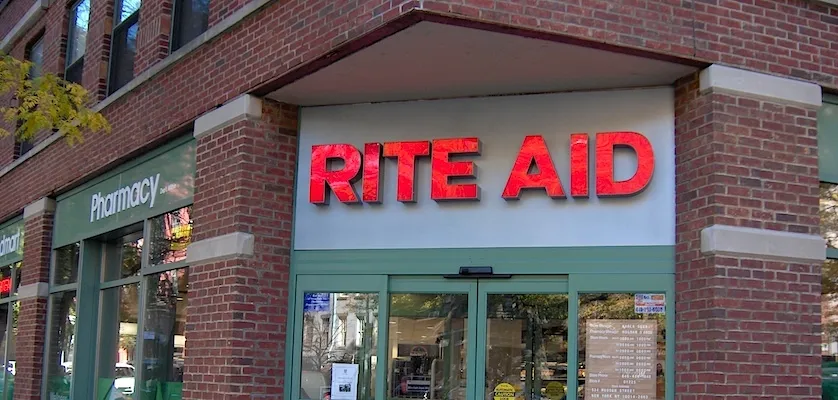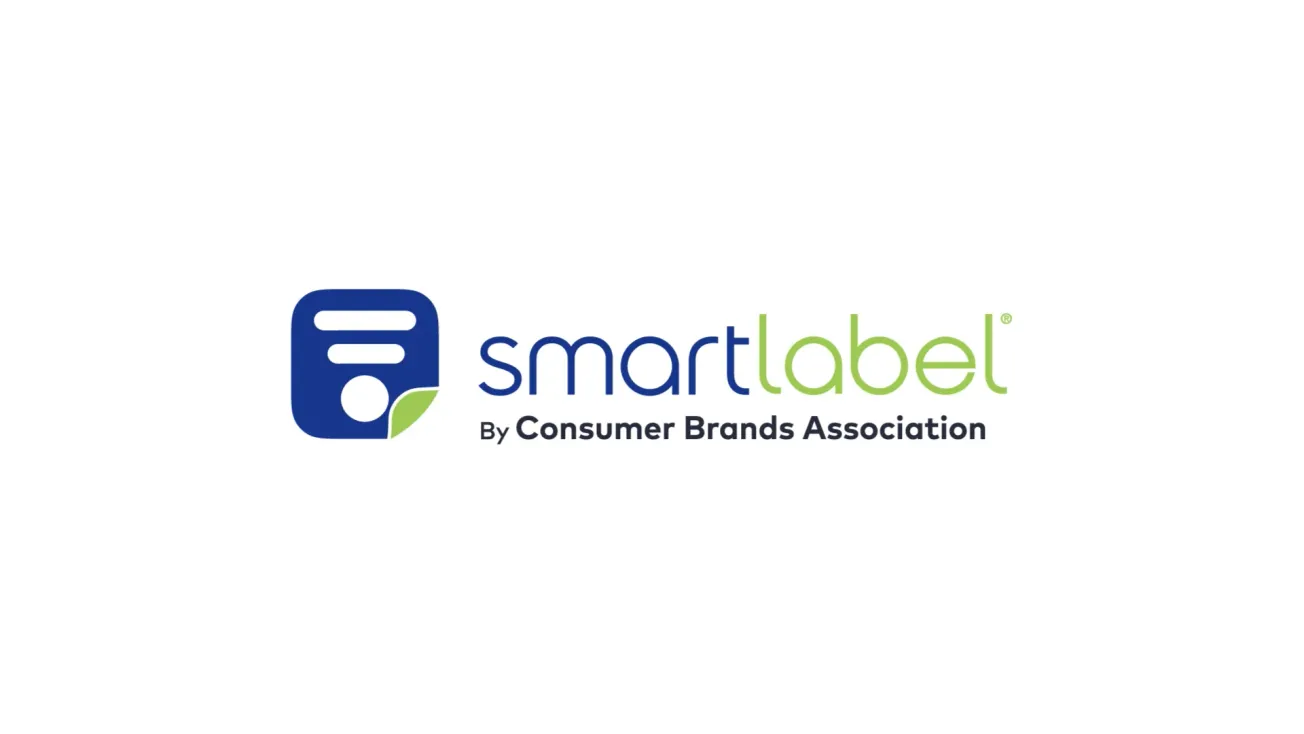
CAMP HILL, Pa. — Rite Aid Corp. said slim reimbursement rates, new generic drugs and the ongoing antitrust talks for the merger with Walgreens Boots Alliance (WBA) squeezed sales and earnings for its fiscal 2017 third quarter.
Rite Aid said Thursday that for the third quarter ended Nov. 26, sales dipped 0.8% to $8.09 billion from $8.15 billion a year earlier.
Retail pharmacy revenue totaled $6.54 billion, down 3.1% year over year from $6.74 billion mainly from declined same-store sales, according to the company. Pharmacy services sales rose 9.7% to nearly $1.65 billion from $1.5 billion a year ago.
Third-quarter same-store sales fell 3.4% versus the prior-year period, reflecting decreases of 0.4% in the front end and 4.7% in the pharmacy. Introductions of new generic drugs negatively impact comparable pharmacy sales by 182 basis points, Rite Aid said.
Prescription count was down 2.4% on a comp-store basis year over year. Prescription sales represented 68.9% of overall drug store sales in the quarter, according to the company.
“Despite the difficult operating environment created by the extended duration of the merger process with WBA, our third-quarter results show solid performance in our front-end business, good cost control and continued strong growth at our pharmacy benefit manager EnvisionRx,” Rite Aid chairman and chief executive officer John Standley said in a statement.
“Reimbursement rates remain our largest challenge, and we expect that to continue for the remainder of the fiscal year,” Standley noted. “Moving forward, we will remain focused on improving the health of our patients through clinical services like immunizations and medication adherence, converting additional stores to our highly successful Wellness format and working as a team to deliver a consistently outstanding experience to our customers.”

John Standley
Net earnings for the third quarter came in at $15.01 million, or 1 cent per diluted share, down from $59.5 million, or 6 cents per diluted share, a year earlier. Rite Aid attributed the declined operating results primarily to a decrease in adjusted EBITDA (earnings before interest, taxes, depreciation and amortization), partially offset by lower income tax cost.
Adjusted net income for the quarter was $23.3 million, or 2 cents per diluted share, compared with $87.2 million, or 8 cents per diluted share, in the year-ago period. Analysts, on average, had forecast Rite Aid’s adjusted earnings per share at 4 cents, with estimates ranging from a low of 2 cents to a high of 6 cents, according to Thomson Reuters.
Rite Aid reported that adjusted EBITDA fell to $274.1 million, or 3.4% of revenue, in the third quarter from $373.2 million, or 4.6% of revenue, a year earlier. The company attributed the decline to a $117.5 million adjusted EBITDA decrease in its retail pharmacy segment, resulting from lower pharmacy gross profit partially offset by a gain in front-end gross profit. Lower reimbursement rates and script count contributed to the decrease in pharmacy gross profit.
Partially offsetting the decline in retail pharmacy adjusted EBITDA was an $18.5 million adjusted EBITDA increase in the pharmacy services segment, stemming from a revenue gain and strong operating results, Rite Aid said.
Rite Aid opened three drug stores, acquired one store, closed seven stores, relocated nine stores and remodeled 95 stores during the third quarter. As of Nov. 26, the company operated 4,547 stores, including 2,322 Wellness Store locations. The company also opened two RediClinic in-store health clinics in the quarter, bringing the total to 92.
On Tuesday, Rite Aid and WBA’s negotiations with the Federal Trade Commission on their $17.2 billion merger deal got a boost when the companies reached an agreement with Fred’s Inc. to buy 865 Rite Aid stores and related store operations assets for $950 million. To go through, the sale requires FTC approval, FTC clearance of the Rite Aid-Walgreens merger and completion of WBA’s transaction to acquire Rite Aid.
WBA and Rite Aid announced the acquisition in late October 2015 and said they expected to complete the transaction in the second half of 2016. However, the companies encountered difficulty finding buyers for stores required to be divested by the FTC to gain antitrust approval. In early September of this year, WBA raised its estimate for the number of store divestitures to 500 to 1,000 after originally reckoning that figure at around 500 or less.
And this past October, WBA and Rite Aid said they were extending the acquisition agreement’s end date to Jan. 27 and expect to complete the transaction in early 2017.









